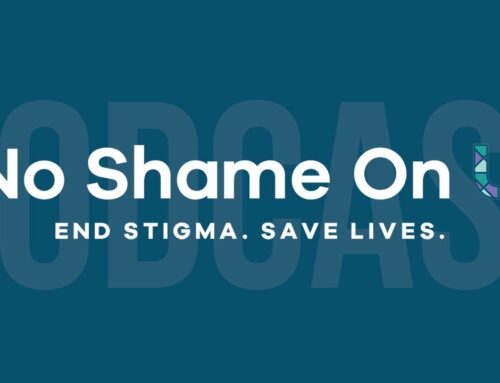By Mathew Ahmon
A while ago, I wrote a post on a potential name change for schizophrenia (Michelle also tackles this topic in this Schizophrenia and the City episode), and we concluded that changing the name would ultimately do nothing to erase stigma. A recent Slate article revisits this topic, focusing instead on diagnostic utility.
The article examines the similarities between the taxonomy of trees to the classification of mental disorders – or, rather, the differences, as human psychology does not fit neatly into preconceived boxes. Regardless, classifications are necessary to facilitate ease of treatment and research, and being able to put a name to their illness is reassuring for many schizophrenics (this was Michelle’s experience as well).
The problem, then, is how we define mental illnesses. Definitions are created by gathering qualitative (such as the perceived symptoms of schizophrenia) and quantitative (such as the occurrence of schizophrenia in the general population) data and fabricating a general model that best fits that data. Patients are then compared to that model and classified based on how well they match it.
There are two main problems with this, however. First of all, depending on how one collects and interprets the data, there are an infinite number of possible definitions. For example, what are today known as schizophrenia’s positive symptoms (principally, delusions and hallucinations) used to be known in the DSM (the Diagnostic and Statistical Manual of Mental Disorders, the official book containing standardized definitions of mental illnesses) as “paranoid schizophrenia”, while the negative and cognitive symptoms (such as lack of motivation or cognitive impairment) were called “disorganized schizophrenia”. If a definition is vaguely worded, there are countless different interpretations that a clinician could come up with. There is also the problem of defining “normal”.
Second, in the process of categorizing patients, a lot of dimensionality is lost. People exhibiting varying degrees of schizophrenia symptoms will be separated into one of two groups – having schizophrenia or not having schizophrenia – when in reality, they are not so simple. If a clinician is unsure whether or not a patient has schizophrenia, that uncertainty is not reflected in the diagnosis. Moreover, it has been shown that describing things can change people’s memory of them. In Stumbling on Happiness, Daniel Gilbert cites a study in which participants were shown a color and were subsequently asked to identify it out of a series of other similar colors. Some were asked to describe the color they had seen, while others were not. 33% in the former group correctly identified the color, compared with 73% in the latter. Presumably, the volunteers remembered their descriptions of the color, rather than the actual experience of seeing the color. Why wouldn’t this happen with diagnoses? By attaching a name to an illness, you can easily compress a group of symptoms into one word. Conversely, that word can attach symptoms and misconceptions that aren’t actually there, stigma being one of the big ones.
The solution is to treat schizophrenia as a spectrum – not a binary scale of “yes” or “no”, but rather a multidimensional gradient ranging from “normal” to “pathological”, rendering schizophrenia as a diagnosis obsolete. This model gives a much more precise, nuanced representation of a person. The word “spectrum” also forces people to stop thinking in black and white terms and approach the issue with a more holistic mindset. The stigma attached to the word “schizophrenia” has less to do with the word itself than with the way it is used. Yes, some homeless schizophrenics can commit violent crimes. The mistake, however, is in extending that profile to the diagnosis of schizophrenia, and by extension to all schizophrenics. And, of course, it is necessary to consider that homeless schizophrenics are the result of a mental health care system that purposely turns a blind eye to psychosis.
The solution to misinformation and prejudice is not necessarily to change what we think, but rather how we think. Otherwise, we will just keep making the same mistakes.





